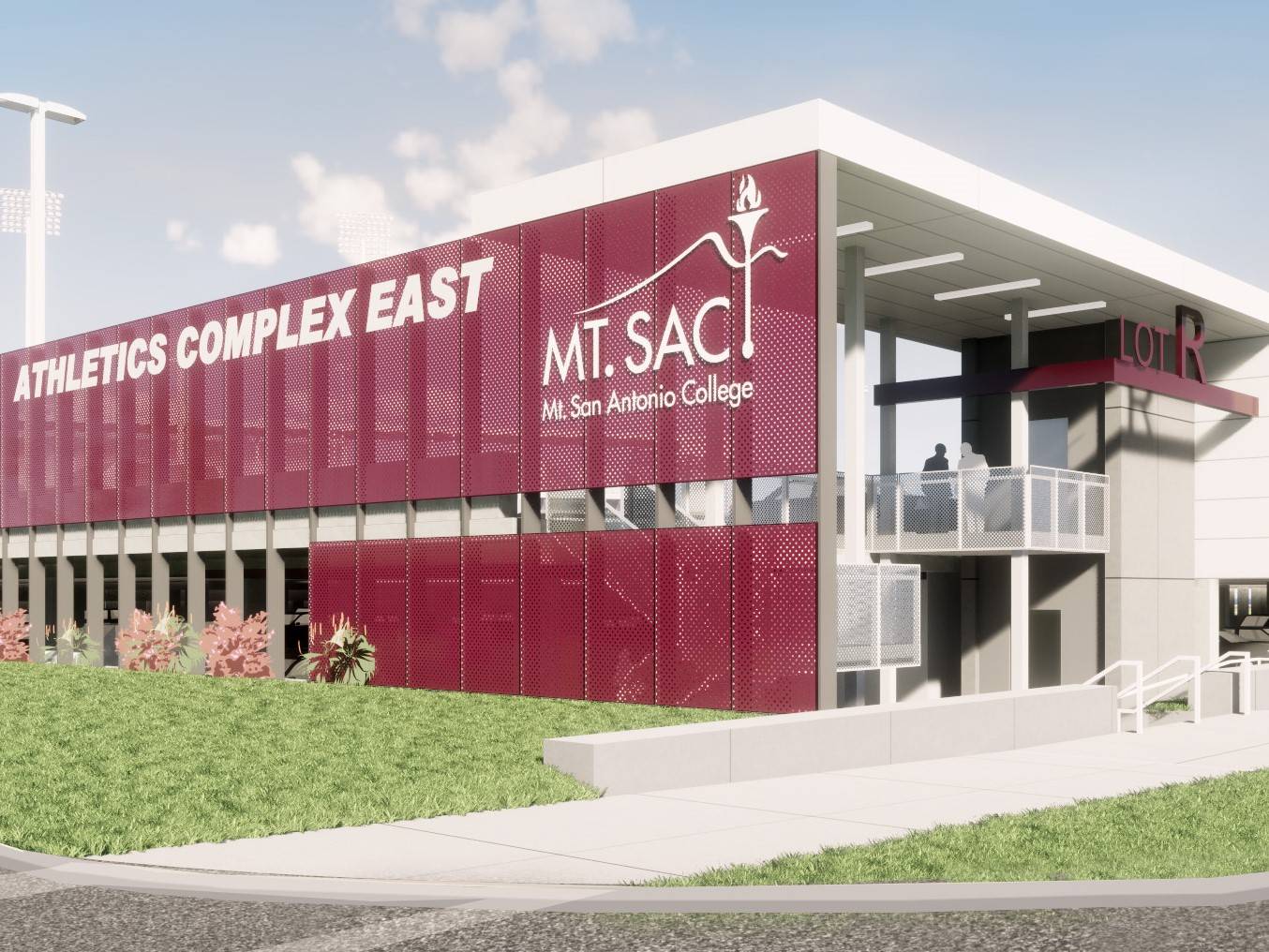Blueprint for the Future

January 11, 2019 - 02:06 PM
In December 1945, voters were asked to approve a new community college district that would serve the region. All would be welcome: returning veterans, those seeking vocational training and those pursuing careers in business and industry. By a vote of 7 to 1, Mt. San Antonio College became a reality. In 1946, the new college opened its doors to 682 students and held classes in former naval barracks. A lot has changed since then: Mt. SAC has grown to be the largest single-campus community college in the state, the region’s demographics have changed, and high-level skills are necessary to compete in the 21st century workforce.
With all of this in mind, Mt. SAC in 2016 embarked on an 18-month process to create a new Educational and Facilities Master Plan (EFMP) to support the college’s strategic plan and mission. The 12-chapter document lays the groundwork for planning that focuses on excellence and innovation in programs, services, and facilities that promote and support student access, equity, and success.
“This Educational and Facilities Master Plan serves as a way to celebrate our successes and embrace ideas for improvement,” said Board President Dr. Manuel Baca. “How we proceed will always be determined through our mutual planning processes and with the interests of our students in mind.”
This plan, developed with input from students, staff, faculty and the community, identifies key educational needs and trends as well as a broad range of needs to support programs and services, including new facilities. During the process, several priorities were identified including the modernization and repair of buildings, increasing programs for jobs and university transfer, improving parking and traffic, and enhancing campus safety and security.
“The needs of our students and the community have changed significantly since our last plan and this serves as a foundation for discussion about the college’s programs and facilities,” said Mikaela Klein, a senior facilities planner who led the EFMP project from start to finish.
Among the most anticipated projects is construction of a new Student Center. Mt. SAC’s existing center opened in 1953 to serve a much smaller college in a very different era and is no longer meeting the needs of the college’s students. The new 100,000-square-foot Student Center would welcome students into the types of inviting, inclusive, and comfortable places needed to encourage student engagement. It would house spaces for students to study, grab a meal, and hang out with friends, as well as get information and participate in student organizations and student government. The three-story Student Center would also provide much needed event space.
“Building the Student Center will fundamentally change the entire character of the interior of campus and initiate the development of the Miracle Mile into a major pedestrian promenade that links the entire campus from east to west,” Klein said.
Completing the transformation of the center of campus, which will replace the existing single-story building that is in poor condition, the library/learning resource facility, and a makerspace facility that will serve multiple academic divisions. As described in the EFMP, this would be designed to welcome the college community to connect, collaborate, and interact with their peers from across the campus as well as the surrounding community.
“When you drive along Temple in the future, the view you will see into the center of campus will be that of a university – not a bunch of dilapidated modulars and row buildings from the 1940s. It’s a physical reinforcement of where the money is going and what our priorities are,” Klein said.
The new two-story bookstore would be located near parking and passenger loading, making it easier for students and community members to access. The new library, replacing the college’s existing facility built in 1963, will be well received by students who are eager to have access to a very quiet space to study.
“The library and learning resources programs are projected to grow faster than Mt. SAC’s collegewide growth rate,” Klein said. “The programs are currently housed in a building that is not large enough for current needs and is not designed for today’s technologies and teaching. This new facility would invite students to stay on campus to study and pursue research in comfortable environments that are supported by technology and multi-media tools.”
No Mt. SAC master plan would be complete without addressing the college’s parking problem, which students listed as their top complaint during focus group interviews. The EFMP recommends building four medium-sized parking structures, including two on the south side of campus. Parking Structure R, located beneath the tennis courts in the new Physical Education Complex, would have two levels and provide approximately 600 parking spaces. Parking Structure S, located at the corner of Bonita and Temple avenues, would be three levels with approximately 850 spaces.
One specific project was mentioned often by community members during input workshops: The need for a large auditorium that can host large meetings, ceremonies and performances – and be available for community events. The new auditorium would face Grand Avenue and as planned would have 1,200 to 1,500 seats, making it the largest assembly space in the college’s vast district.
“Mt. SAC does not have a space that seats more than 415 people,” Klein explained. “The intention to build a large assembly hall has long been part of Mt. SAC’s master plans, and the need for one has grown with time. “

